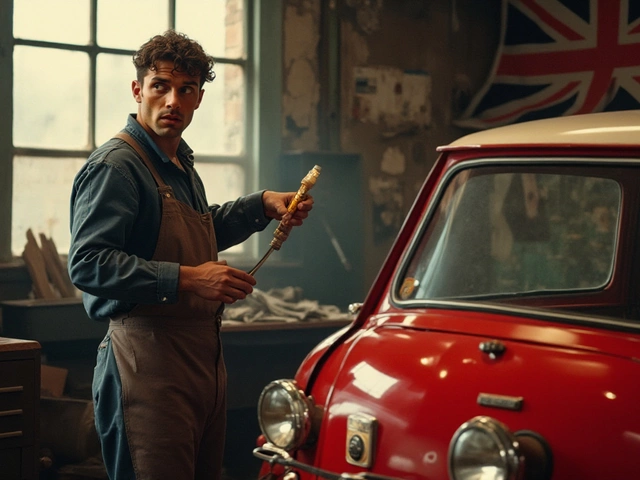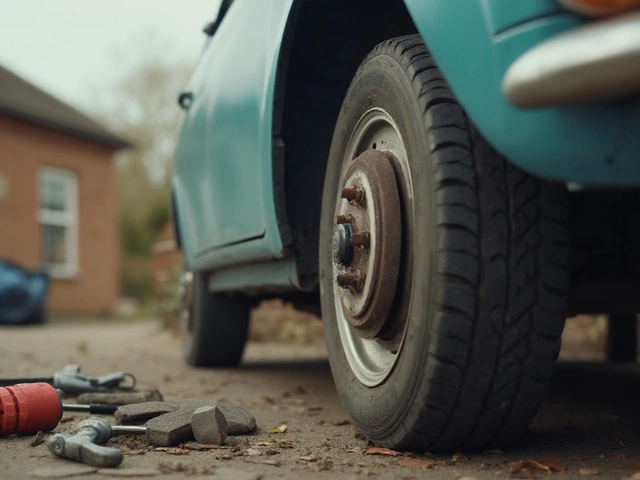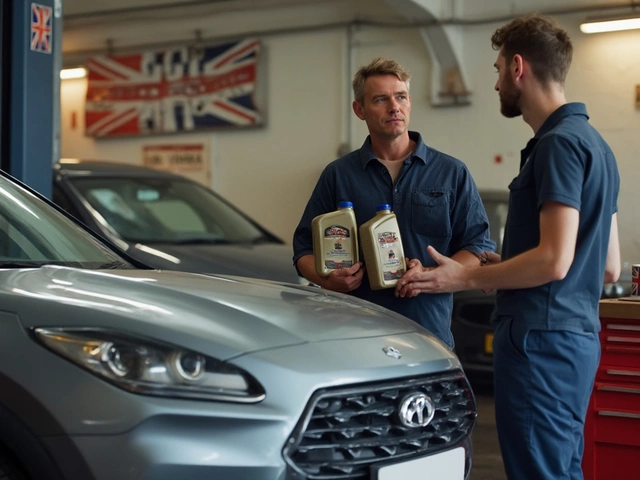Clutch Testing: Simple Steps to Know If Your Clutch Is Healthy
Feel a slip or a strange grunt when you shift? That’s often a clue your clutch needs attention. Before you book a pricey garage visit, you can run a few quick checks at home. These tests let you tell if the clutch is still good, starting to wear, or on the brink of failure.
Basic Feel Test While Driving
Start in a flat, low‑traffic area. Put the car in first gear, press the clutch fully, and gently release it while giving a little gas. A healthy clutch will bite smoothly at around ¼ to ½ pedal travel. If the bite point is high, jumps up and down, or you hear a shudder, the clutch disc may be worn.
Next, shift into second gear without pressing the accelerator. The clutch should engage without a jerky pull. A hard, delayed engagement often means the pressure plate is losing force.
Finally, try a hill start on a gentle slope. If the engine stalls or you need to rev a lot to keep moving, the clutch grip is slipping—another sign of wear.
Desktop Tests You Can Do With the Car Stopped
Pop the hood and locate the clutch master cylinder (usually near the brake master). Check the fluid level and look for leaks. Low fluid or contamination can cause a soft pedal and poor clutch performance.
While the engine is off, press the clutch pedal to the floor. You should feel a firm, consistent resistance. A spongy or overly soft pedal often points to a failing master cylinder or air in the line.
If you’re comfortable, you can also inspect the clutch release bearing. Remove the transmission (or ask a friend with tools) and look at the bearing surface. Any roughness, metal particles, or a burned smell means the bearing is failing and will affect clutch operation.
Another quick check is the clutch pedal free play. Measure the distance between the pedal and the floor when the pedal is fully released. Too much free play can cause the clutch to slip, while too little can make it hard to disengage.
After you’ve run these checks, you’ll have a clearer picture. If most tests point to normal operation, you can likely keep driving for a while. If you notice multiple red flags—high bite point, slipping on hills, soft pedal, or fluid problems—schedule a professional inspection. Fixing a clutch early saves you from getting stranded or damaging the gearbox.
Remember, a clutch is a wear item. Even with perfect care, it will eventually need replacement. Knowing the signs early helps you plan the repair and avoid surprise breakdowns. Keep an eye on the pedal feel, listen for unusual noises, and don’t ignore that burning smell. When in doubt, a quick visit to Northwich Tyres Centre can give you a precise diagnosis and a fair quote for any needed work.
 30 March 2025
30 March 2025
Testing Your Clutch: Simple Steps to Know It’s Working Right
Wondering if your car's clutch is in top shape? This guide breaks down easy steps to test your clutch right at home. Learn warning signs, practical tests, and maintenance tips to ensure your clutch keeps your ride smooth and safe. Get the insights you need without the technical jargon.






0